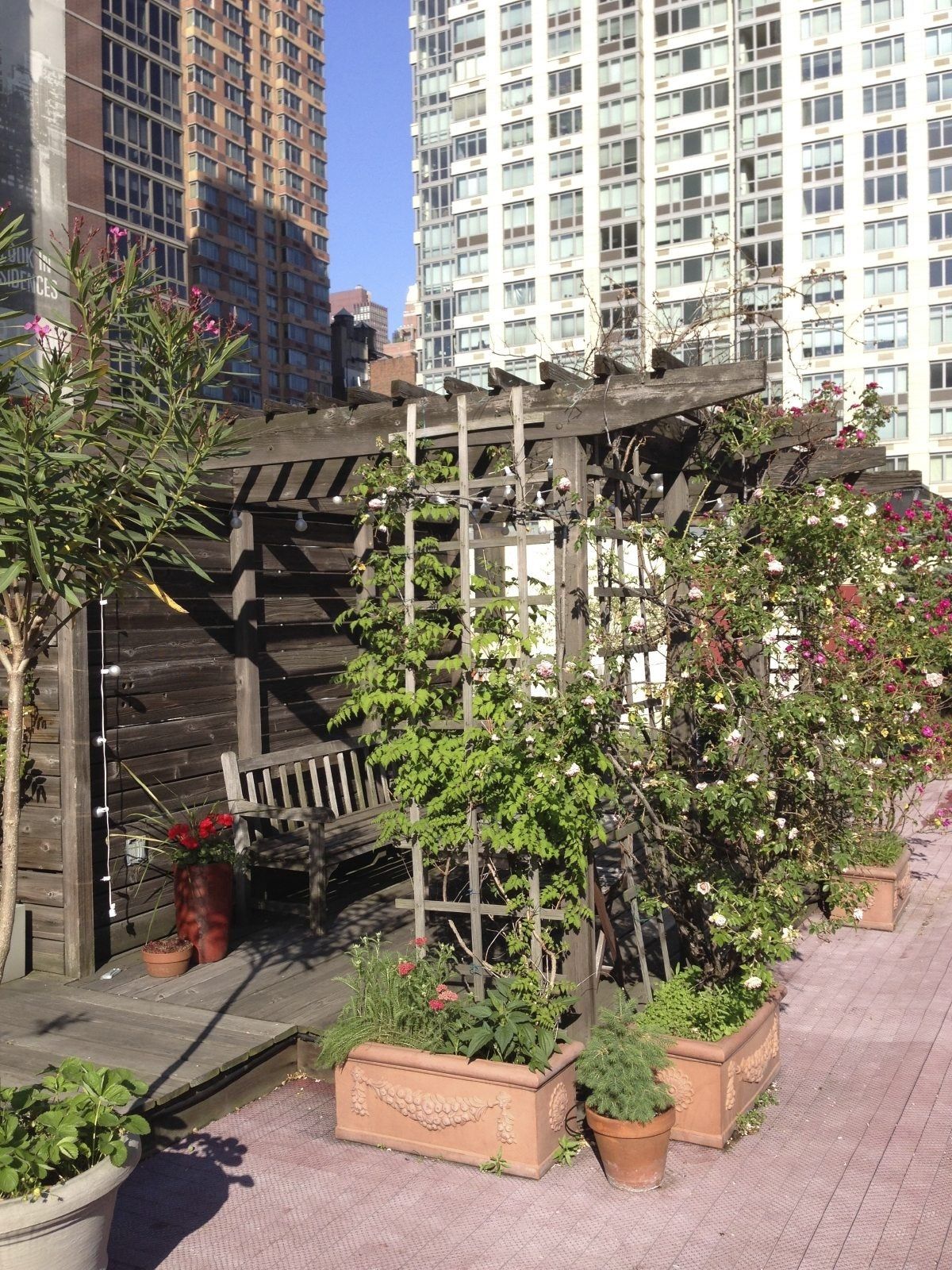The Only Guide for City Blooming
The Only Guide for City Blooming
Blog Article
The Only Guide for City Blooming
Table of ContentsCity Blooming - TruthsEverything about City BloomingNot known Incorrect Statements About City Blooming How City Blooming can Save You Time, Stress, and Money.City Blooming - The Facts
Fascinated in growing food up for sale in the City of Chicago? Considering beginning a community garden? Modifications to the Chicago Zoning Regulation permit agricultural uses like neighborhood yards and city farms in several parts of the city. Below is a checklist of often asked inquiries pertaining to the policies and guidelines that cultivators must take into consideration when planning an urban agriculture task.
The zoning modification does not modify any other codes taking care of composting, structure authorizations, acquiring or renting City had building, organization licenses or environmental contamination. There are existing codes that control these concerns and they stay in complete result and might be applicable to your project. Neighborhood yards are normally had or handled by public entities, civic organizations or community-based organizations and kept by volunteers.
Urban farms expand food that is meant to be offered, either on a nonprofit or for-profit basis. Due to their industrial function, urban farms require a service permit.
How City Blooming can Save You Time, Stress, and Money.
The amount of compost product can not exceed 25 cubic yards at any given time according to the standards in 7-28-715 of the City's Municipal Code. Because the soil at a lot of new yard sites requires amending, garden compost, soil, wood chips, or various other products can be acquired to build or enhance the expanding space.

If a building permit is required then the hoophouse will be thought about an accessory building. You can discover even more about the structure license needs by contacting the Division of Buildings. The 25,000-square-foot dimension restriction is meant to avoid a solitary community garden from dominating a given block or interfering with the block's existing household or industrial personality.
The restriction does not apply to gardens found in Public Open Room (POS) areas. Can there be more than one area garden that is 25,000 square feet on a solitary block? Fencing is not needed, however, gardens that have huge parking areas might be required to set up fence or various other landscaping functions.
The Only Guide for City Blooming
B1 & B2 areas call for that all commercial usage tasks be carried out indoors. Is fence needed for urban ranches? Fences may be required, along with landscape design and screening, for certain vehicle parking areas and outdoor job or storage locations depending on place and the details task taking location.
Urban ranches need structure permits and zoning authorizations prior to building and construction (indoor plants). Various other types of city evaluation might be required depending on details frameworks, activities, dimension, landscaping, licensing, public heath and stormwater monitoring problems.
The Department of Organization Affairs and Consumer Defense can assist establish the specific kind of company certificate that's called for. Off street parking is required for the majority of commercial projects in Chicago. The required number of auto parking areas is based on the number of staff members functioning on site and not the square video footage of the growing area.
The 6-Second Trick For City Blooming

A city ranch can offer garden compost material generated on website, however, the operation must conform with the laws in 7-28-715 of the Chicago Municipal Code. Aquaponic systems are allowed indoors on metropolitan farms in lots of zoning areas.
As much as five hives or colonies of honey bees might be kept as an accessory usage. Beekeepers should sign up with the Illinois Department of Farming. For more information concerning the recommended zoning modification you might call the Department of Housing and Economic Growth, Bureau of Planning and Zoning at 312.744.8563.
Farming in cities and metropolitan locations A metropolitan farm in Chicago. Urban agriculture refers to different techniques of cultivating. https://www.storeboard.com/cityblooming, processing, and distributing food in city locations. The term additionally relates to the location tasks of animal husbandry, aquaculture, beekeeping, and horticulture in a metropolitan context. Urban agriculture is distinguished from peri-urban farming, which occurs in rural locations at the side of suburban areas.
The smart Trick of City Blooming That Nobody is Discussing
It can entail a movement of natural cultivators, "foodies" and "locavores", that seek to create socials media based on a common principles of nature and neighborhood holism. These networks can create using formal institutional assistance, becoming incorporated into neighborhood town planning as a "change town" movement for lasting metropolitan development.
In either case, the a lot more straight accessibility to fresh vegetable, fruit, and meat products that may be understood with urban agriculture can enhance food safety and food safety while decreasing food miles, causing reduced greenhouse gas exhausts, thereby contributing to climate adjustment reduction. A few of the initial evidence of metropolitan farming originates from Mesopotamia.
Report this page